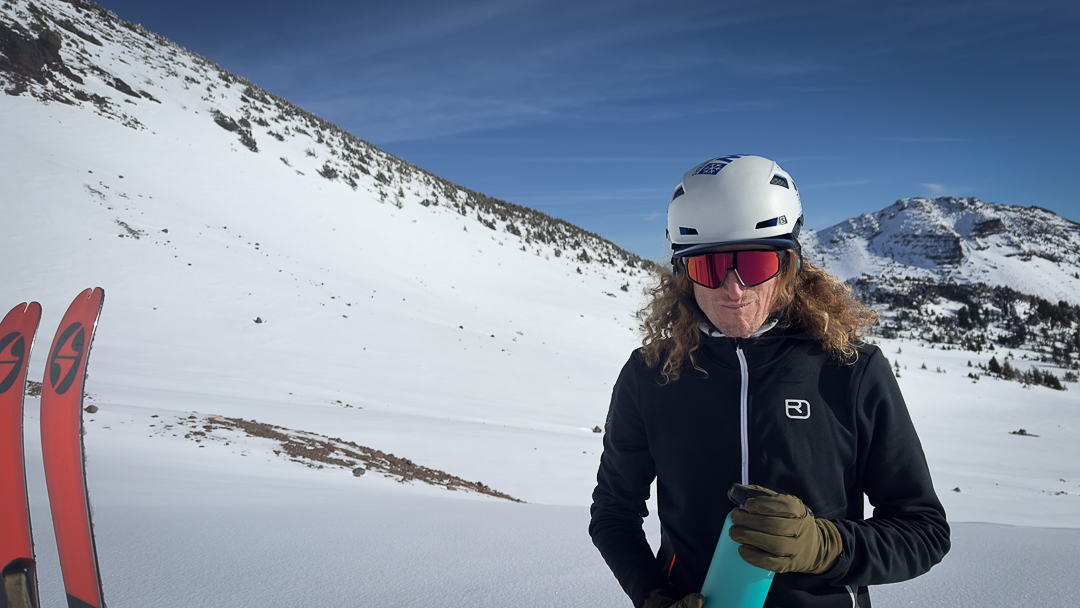We use helmets to protect us from impacts while skiing or objects falling from above—like ice, snow, and rocks. Anybody ascending the Fuhrer Finger when the kiss of sun hits the upper reaches knows what we are talking about—the whistle of ice whizzing by is unnerving. Testing for impacts in a lab setting is the best way to control variables.
EN-1077: The impact testing protocol for EN-1077 calls for five different headforms* to be tested for the drop test and several different (yet specified) helmet locations. The mass is dropped from 1.5m and ranges from 3.1kg to 6.1kg for the A and B standards. The max allowable energy to be transferred to the helmet/skull and still meet the standard is 250Gs. One key aspect of the EN-1077 standard is that tests are performed only on a flat anvil, which means no sharp or rounded edges. The flat anvil simulates a ground strike, which is possible in a ski/ride fall. The assumption is that ski/ride impacts are often against flat surfaces. That noted, nature has a way of being nature. In other words, the surfaces we interface with in nature are often irregular.
Testing with anvils that present sharper and more blunt surfaces allows testers to determine how a helmet (and, by extension, your skull and brain) handles forces on a smaller (more concentrated) portion of the helmet’s surface area.
Tests are conducted at ambient room temps, -25°Celcius, and in conditions simulating aging when exposed to UV radiation.
Penetration tests require that any helmet deformity does not come in contact with the headform.
*Headform—the simulated human head/skull. The helmet is placed over the headform.
ASTM F2040-02: Let’s geek out some more. This standard requires testing on three differently shaped anvils, which better simulate impact surfaces in nature. This standard, however, does not require a penetration test, as the EN-1077 does. (However, according to helmetfacts, “The ASTM committee on this snowsports standard specifically considered including a penetration test, but could not find a single incident of brain injury caused by penetration.”






Leave a Reply
You must be logged in to post a comment.